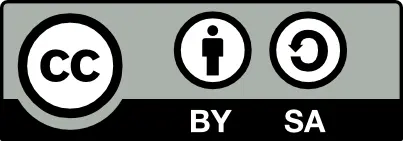Ideal Worlds and Nightmare Realities: A Comparative Study of Utopia and Dystopia from the 16th to the 20th Century
Authors: Mohammad Farogh Alam
DOI: https://doi.org/10.37082/IJIRMPS.v13.i2.232276
Short DOI: https://doi.org/g9fgfd
Country: India
Full-text Research PDF File:
View |
Download
Abstract: The plunge into a dystopian society, Utopia has languished out of Favor for a considerable period. In his 1516 writing "Utopia," Sir Thomas More envisioned a society that was both more civilized and strictly regulated, as a response to the severe power inequalities and violence that existed in his own society. Utopia and dystopia are two opposing concepts that provide valuable perspectives on human imagination & societal reflections throughout history. It represents a conceptual utopian society defined by harmony, equality, as well as abundance. While "utopia" refers to an imagined perfect or ideal society, typically portrayed as existing in the future, "dystopia" refers to an imagined society that is undesirable or frightening. The study contributes to the ongoing discourse on utopian and dystopian literature by examining the evolution of these concepts over several centuries. The study aims to address this ambiguity by conducting a comprehensive analysis of utopian and dystopian narratives from the 16th to the 20th century, exploring recurring themes and narrative frameworks. The study employs descriptive, interpretative, and inductive methods and analysis of secondary data. Data collection involves consulting source materials from libraries, books, journals, articles, and online resources. The study highlighted the dynamic interplay between utopian aspirations and dystopian critiques, reflecting broader historical, sociopolitical, and philosophical contexts.
Keywords: Utopia, Dystopia, Societal Reflections, Idealized Communities, and Human Psychology
Paper Id: 232276
Published On: 2025-03-25
Published In: Volume 13, Issue 2, March-April 2025





 All research papers published in this journal/on this website are openly accessible and licensed under
All research papers published in this journal/on this website are openly accessible and licensed under 